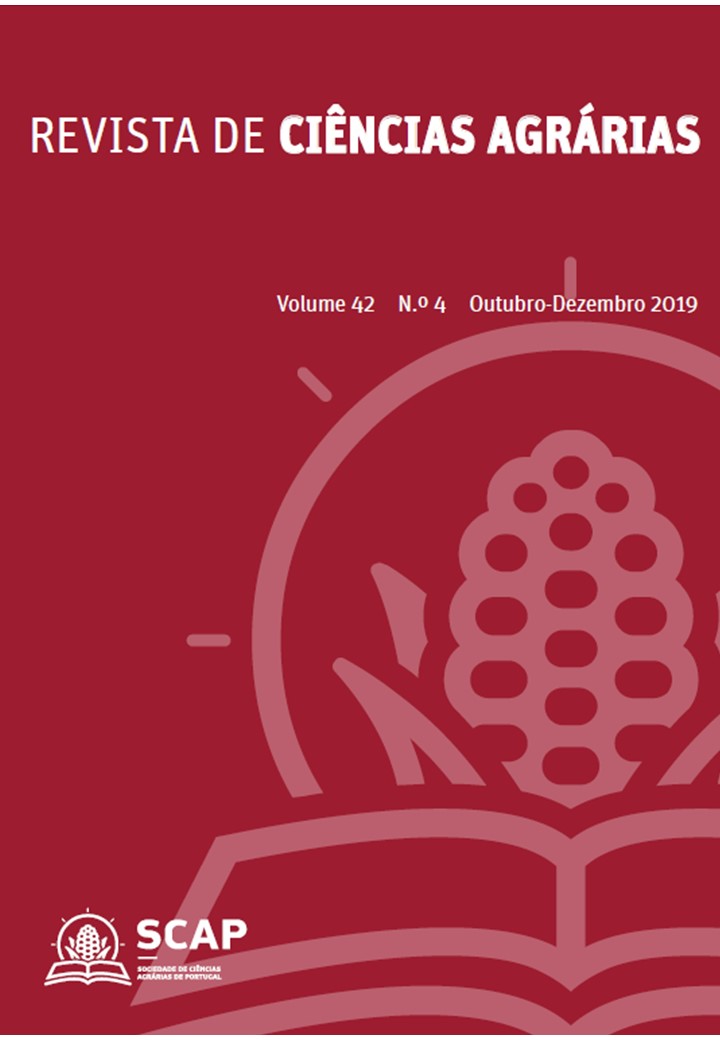Cocoa Seed viability and limitations in storage
DOI:
https://doi.org/10.19084/rca.18166Abstract
The cocoa tree (Theobroma cacao L.) is a tropical arboreal plant belonging to the esterculiaceae family, originating from South America’s rainforest. The cocoa crop has great socioeconomic importance for Brazil, being the states of Para and Bahia the most important producers. Cacao seeds have several uses, among them as raw material for the manufacture of chocolates and for seedlings production, more specifically as rootstocks of new cultivars that are recommended to high productivity and agro-reforestation areas. Cocoa seeds are classified as recalcitrant, thus presenting high difficulties in storage, when compared with the other seeds, because they have high susceptibility to water loss, which which means that storage with a high humidity degree is necessary. This internal moisture, however, favors the microorganisms attack, the germination during the storage. The application of low temperatures could inhibit these last two problems; however it is also limited because the seeds can be suffer damage at or near low temperatures. Comsidering these constrains, it is necessary to carry out studies in order to increase the seeds viability since the success of cacao crop is directly related to the quality used for crop formation.


